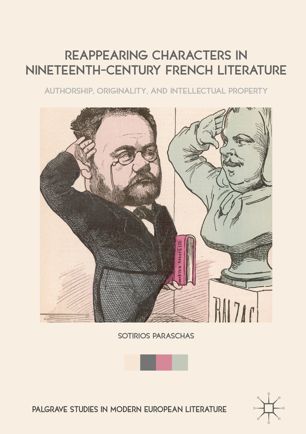

Most ebook files are in PDF format, so you can easily read them using various software such as Foxit Reader or directly on the Google Chrome browser.
Some ebook files are released by publishers in other formats such as .awz, .mobi, .epub, .fb2, etc. You may need to install specific software to read these formats on mobile/PC, such as Calibre.
Please read the tutorial at this link: https://ebookbell.com/faq
We offer FREE conversion to the popular formats you request; however, this may take some time. Therefore, right after payment, please email us, and we will try to provide the service as quickly as possible.
For some exceptional file formats or broken links (if any), please refrain from opening any disputes. Instead, email us first, and we will try to assist within a maximum of 6 hours.
EbookBell Team

0.0
0 reviewsThis book examines the phenomenon of the reappearance of characters in nineteenth-century French fiction. It approaches this from a hitherto unexplored perspective: that of the twin history of the aesthetic notion of originality and the legal notion of literary property. While the reappearance of characters in the works of canonical authors such as Honoré de Balzac and Émile Zola is usually seen as a device which transforms the individual works of an author into a coherent whole, this book argues that the unprecedented systematisation of the reappearance of characters in the nineteenth century has to be seen within a wider cultural, economic, and legal context. While fictional characters are seen as original creations by their authors, from a legal point of view they are considered to be ‘ideas’ which are not protected and can be appropriated by anyone. By co-examining the reappearance of characters in the work of canonical authors and their reappearances in unauthorised appropriations, such as stage adaptations and sequels, this book discusses a series of issues that have shaped our understanding of authorship, originality, and property.